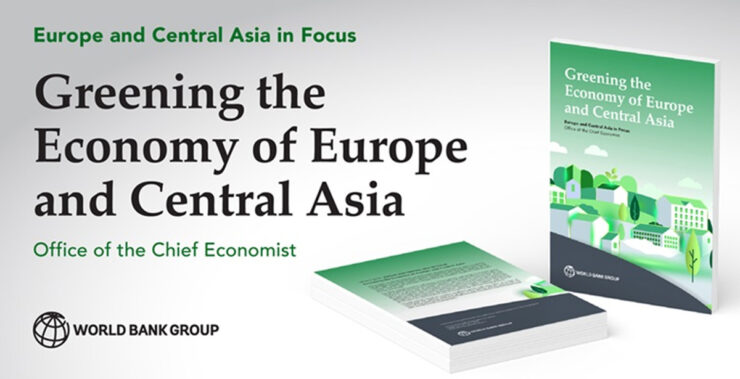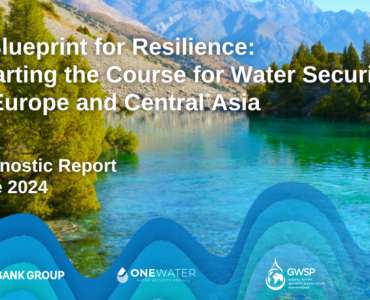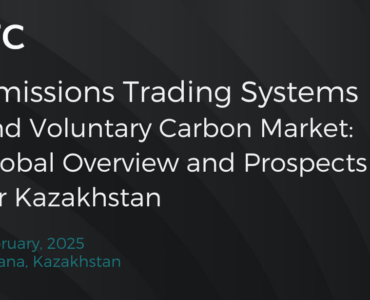A new report by the World Bank titled “Greening the Economy of Europe and Central Asia” provides a detailed overview of the current state of carbon emissions and climate change preparedness of the emerging market and developing economies of the Europe and Central Asia (ECA) region.
Carbon emissions in Turkmenistan
As many other parts of the world, the ECA region is already affected by the impacts of climate change. While the region experienced record-high temperatures last summer, significant long-term effects of climate change are anticipated in the region as well.
In 2020, the region was responsible for almost 10% of global emissions with 6.9 tons of CO2 emitted per capita, which is 60% higher than the world average.
Turkmenistan is responsible for around 10 tons of CO2/capita and it is among the top 20 per capita carbon emitters in the world. When CO2 emissions are measured per unit of GDP, Turkmenistan tops the list as the most carbon intensive economy, with around 0.7 kg CO2 emitted per 2017 PPP US$ of GDP, compared to the average 0.3 kgCO2 for the ECA region.
While energy efficiency has improved over the past decades, the total emissions in ECA have still grown by 7% between 2000-2020. Some of the contributing factors to high emissions of the region are heavy reliance on fossil fuels in energy consumption and the fact that several countries are net energy and hydrocarbon exporters. Additionally, heavy subsidization of energy in the ECA region has further contributed to high dependence on fossil fuels. Fossil fuel subsidies in ECA in 2020 were equivalent to 3.6% of the region’s GDP.
Existing measures to reduce GHG emissions
Countries in the region have set short and long-term targets for reduction of GHG emissions, such as the targets specified by their Nationally Determined Contributions (NDC). While many countries set 1990 as the base year for the percentage reduction in emissions, Turkmenistan and Uzbekistan used the year 2010. The percentages set by different countries also range from 15-20% for Central Asian nations (e.g. Turkmenistan set 20% goal), to as high as 82% set by North Macedonia. Realizing reductions in GHG will require lots of investment into improving energy efficiency and adopting green technologies. For example, $1.15 trillion of investment will be needed in Kazakhstan between 2025-2060 (6% of cumulative discounted GDP) to reach a net-zero energy system by 2060. For Uzbekistan, around $341 billion are estimated to be needed during the same period.
Measures needed to mitigate and adapt to climate change
The report highlights that countries should take measures to adapt to climate change. According to the data on climate change readiness, some countries in the region are better prepared to take adaptation actions than others. Central Asia in particular has a lower preparedness level than others. According to the climate change adaptiveness index, Turkmenistan scores 42.2, whereas the average for the emerging market and developing countries in ECA stands at 54.1.
Among the most important policies are the ones that aim to reduce or phase-out energy subsidies, social policies for energy poverty reduction, carbon pricing and other tax instruments to encourage investments into green technologies, and policies to improve energy efficiency and increase adoption of decarbonization of transportation.






